Understanding Creative Video Shoots Toronto
Toronto is a vibrant city that serves as a bustling hub for creativity in video production. When we talk about Creative Video Shoots Toronto, we are diving into the diverse landscape of content creation that captures the essence of this cosmopolitan environment. These shoots go beyond merely recording moments; they encapsulate stories, emotions, and ideas through a lens. The blend of skilled videographers, innovative concepts, and the city’s rich cultural backdrop creates a unique setting for creative video projects.
What Defines a Creative Video Shoot?
A creative video shoot is characterized by its artistic approach to visual storytelling. Unlike traditional videography that may focus solely on recording events as they happen, creative video shoots aim to convey a specific narrative or message. This often involves the use of innovative techniques such as unique camera angles, staging, and the integration of special effects. The creative process may include brainstorming sessions, where teams discuss themes, styles, and goals to ensure that the video resonates with its intended audience.
Moreover, the creativity in these shoots can manifest in various formats, including commercials, short films, social media videos, and corporate storytelling. Each project is tailored to address specific objectives, such as brand awareness, product promotion, or community engagement. What sets creative video shoots apart is not just the end product but the collaborative process that brings together videographers, scriptwriters, directors, and even actors to craft a compelling video narrative.
The Role of Location in Creative Video Shoots Toronto
The significance of location cannot be overstated in the realm of creative video production. Toronto boasts a plethora of stunning backdrops, from urban landscapes to serene natural settings, allowing videographers to choose environments that enhance the thematic essence of their work. The choice of location can influence the video’s mood, appeal, and overall effectiveness in delivering its message.
Moreover, Toronto’s architecture, parks, and cultural sites provide diverse options for shoots. Locations such as the historic Distillery District, the iconic CN Tower, or the lush High Park can add distinct character and aesthetic value to video projects. This diversity encourages creativity, offering countless opportunities to experiment with visuals and storytelling techniques.
Common Themes and Concepts in Creative Video Shoots
Creative video shoots often revolve around popular themes and concepts that resonate with audiences. Some common themes include:
- Character-driven Stories: These narratives focus on individuals or groups, showcasing their journeys, challenges, and triumphs.
- Social Issues: Addressing relevant social topics can create impactful content that sparks conversations and promotes change.
- Brand Journeys: Companies often use creative videos to tell their story, highlight their values, and connect with consumers on a deeper level.
- Artistic Expressions: Videos that focus on visual art forms, music, or performance can captivate audiences while providing artistic value.
Incorporating these themes helps to engage viewers, turning a simple video into a compelling narrative that resonates on both emotional and intellectual levels.
Choosing the Right Locations for Creative Video Shoots Toronto
Types of Locations to Consider
When planning creative video shoots, the choice of location plays a crucial role in shaping the project’s tone and visual appeal. Here are some types of locations to contemplate:
- Urban Settings: Bustling city streets, unique architecture, and scenic overlooks provide dynamic environments for promotional videos and urban storytelling.
- Natural Landscapes: Parks, waterfronts, and nature reserves offer tranquil settings for projects focused on relaxation, mindfulness, or environmental awareness.
- Studios: Equipped with advanced technology and customizable backdrops, studios are ideal for controlled shoots, especially for interviews, commercials, or controlled performances.
- Historical Sites: Incorporating heritage sites adds a layer of depth and context to narratives related to culture, history, or tradition.
Factors Influencing Location Choice
Several factors should be taken into account when selecting locations for video shoots:
- Accessibility: The location must be easily accessible for the crew, equipment, and any talent involved in the shoot.
- Permits and Regulations: Certain locations may require permits for filming, so it is essential to research the legalities and logistics involved in securing a space.
- Ambiance: The environment needs to align with the project’s mood and theme, contributing positively to the visual storytelling.
- Technical Considerations: The availability of resources such as power outlets, restrooms, and shelter from weather conditions are crucial for a smooth shooting experience.
How to Scout Locations Effectively
Finding the perfect location involves careful scouting and evaluation. Here are some effective strategies:
- Conduct Preliminary Research: Start by exploring online resources, local guides, and social media platforms for photos and reviews of potential locations.
- Visit in Person: Schedule visits to shortlist locations. Evaluating them firsthand allows for assessing ambiance, access, and aesthetics.
- Take Test Shots: Bring a camera to capture test footage or photos. This will give you an idea of how the final video may look.
- Engage Local Contacts: Networking with local creatives can provide valuable insights into hidden gems or lesser-known spots that may fit well with your vision.
Essential Equipment for Successful Creative Video Shoots Toronto
Camera Options and Gear Essentials
A successful creative video shoot relies heavily on the right equipment. Photographers and videographers must be equipped with the tools necessary to capture high-quality footage. Key equipment includes:
- Camera: Depending on the project’s requirements, options might include DSLRs, mirrorless cameras, or cinema-grade cameras that provide superior image quality.
- Tripods and Gimbals: To achieve steady shots, tripods for static shots and gimbals for smooth motion are essential components of any videographer’s toolkit.
- Storage Devices: Sufficient storage is necessary for high-resolution video files. Portable hard drives and SD cards with high capacities should be part of the equipment list.
- Lenses: Different lenses can significantly alter the look of the video. Wide-angle lenses can capture larger scenes, while telephoto lenses create striking close-ups.
Lighting Techniques for Enhanced Visuals
Lighting is critical in video production, influencing everything from mood to clarity. Here are common lighting techniques to consider:
- Natural Lighting: Utilizing sunlight can create a warm and inviting atmosphere, but it’s essential to scout for the best times and angles to avoid harsh shadows.
- Artificial Lighting: Using key lights, fill lights, and backlights can help control the scene’s brightness and highlights, ensuring a professional finish.
- Modifiers: Softboxes, reflectors, and diffusers can help manipulate light to achieve softer shadows and a more even appearance.
Sound Recording Equipment to Note
While visuals take center stage, audio quality is equally important. Consider incorporating the following sound recording equipment:
- Microphones: Lavalier mics capture dialogue clearly, while shotgun mics are ideal for capturing sound from a distance without distortion.
- Audio Recorders: Portable audio recorders can enhance sound quality when recording interviews or ambient sounds separately from video.
- Windshields: These are important when recording outdoors, reducing wind noise and enhancing clarity.
Best Practices for Planning Your Creative Video Shoots Toronto
Creating a Detailed Production Schedule
Effective planning is the backbone of a successful creative video shoot. A detailed production schedule should outline every phase, from pre-production through post-production. Here’s how to create one:
- Identify Key Dates: Document all relevant dates for each phase and distribution, including the shoot date, review timelines, and final delivery deadlines.
- Allocate Resources: Determine what equipment, locations, and team members are needed at each stage of the shoot.
- Contingency Plans: Develop backup plans for weather changes, equipment failure, or talent availability issues to minimize disruptions.
Collaborating with Your Creative Team
Collaboration is essential for ensuring creativity flourishes during the production process:
- Regular Meetings: Schedule frequent team meetings to keep everyone informed, address concerns, and foster idea-sharing.
- Use Collaborative Tools: Employ project management tools that allow team members to communicate effectively, assign tasks, and track progress.
- Encourage Creativity: Create an open atmosphere for brainstorming where all team members feel comfortable sharing their ideas and thoughts.
Budgeting Effectively for a Creative Video Shoot
A well-prepared budget lays the groundwork for a successful project. Key Cost Considerations include:
- Location Fees: Many locations come with rental costs, and planning for these fees upfront is crucial.
- Equipment Rentals: Renting high-quality cameras, lights, and sound equipment may be more budget-friendly than purchasing outright.
- Talent Payments: Whether hiring actors or engaging crew members, ensure to factor in their fees, including any necessary travel expenses.
- Post-Production Costs: This includes editing, sound design, and any additional effects that might enrich the final product.
Showcasing and Distributing Your Creative Video Shoots Toronto
Platforms for Sharing Your Creative Content
Once the video is produced, effectively showcasing it is vital for reaching your target audience. Key platforms might include:
- Social Media: Platforms like Instagram, Facebook, and TikTok allow for quick sharing and audience engagement through comments and shares.
- Video Hosting Services: Websites like YouTube and Vimeo are great for longer formats and allow for detailed descriptions, tags, and categorization.
- Company Websites: Featuring videos on your website can enhance user experience and provide more information to potential customers.
Measuring the Impact of Your Video Content
Understanding how well your video content performs is key to refining future projects. Metrics to monitor include:
- View Counts: Tracking how many times your video has been viewed provides a basic view of its reach.
- Engagement Rates: Assessing likes, shares, comments, and overall engagement rate can offer insights into audience interaction and interest.
- Conversion Rates: If the video aims to drive sales or leads, measuring how many viewers take desired actions post-viewing is crucial.
Engaging Your Audience with Follow-Up Campaigns
After the release of your video, consider creating follow-up campaigns that keep the conversation going:
- Behind-the-Scenes Content: Sharing insights into the making of the video can generate further interest and build a connection with the audience.
- Interactive Elements: Engage viewers by incorporating polls or questions related to the video theme on social media platforms.
- Newsletters and Email Updates: Using your email list to promote the video and announce related events or content can help maintain interest.
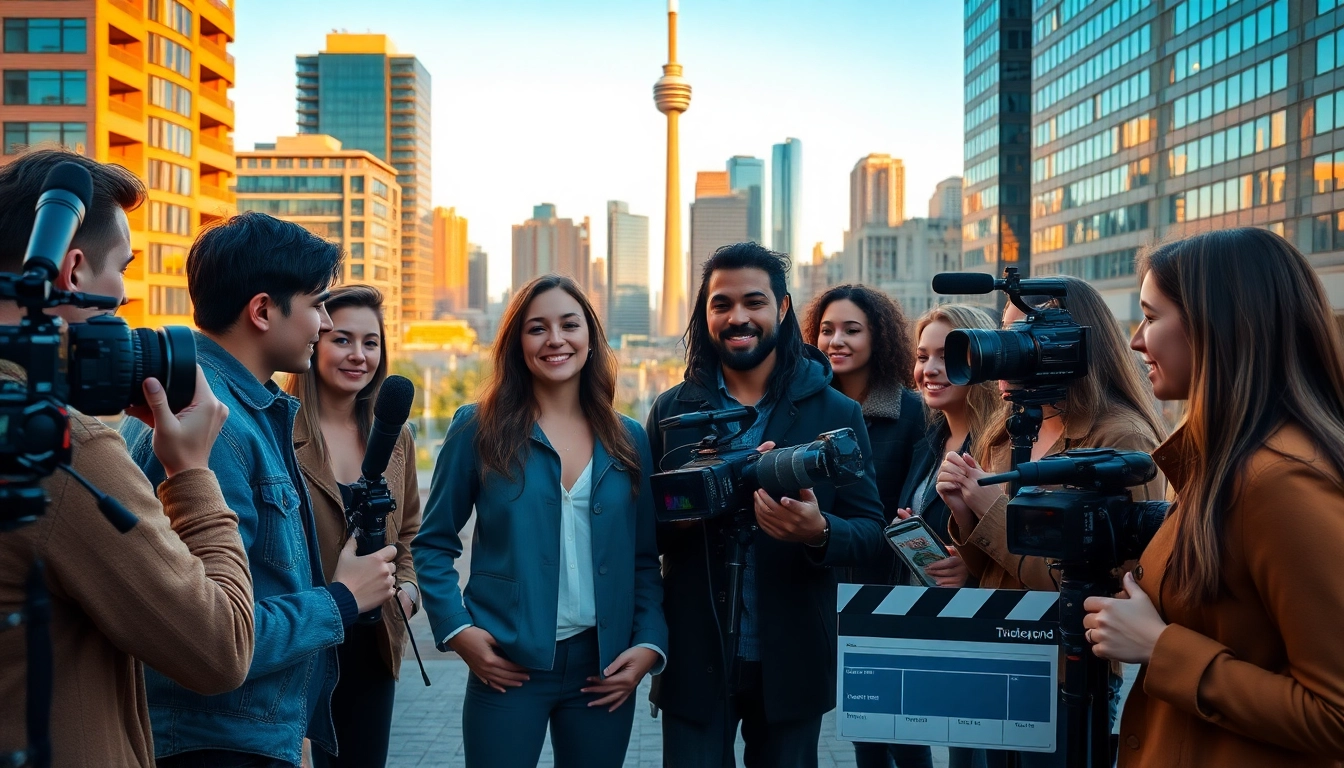




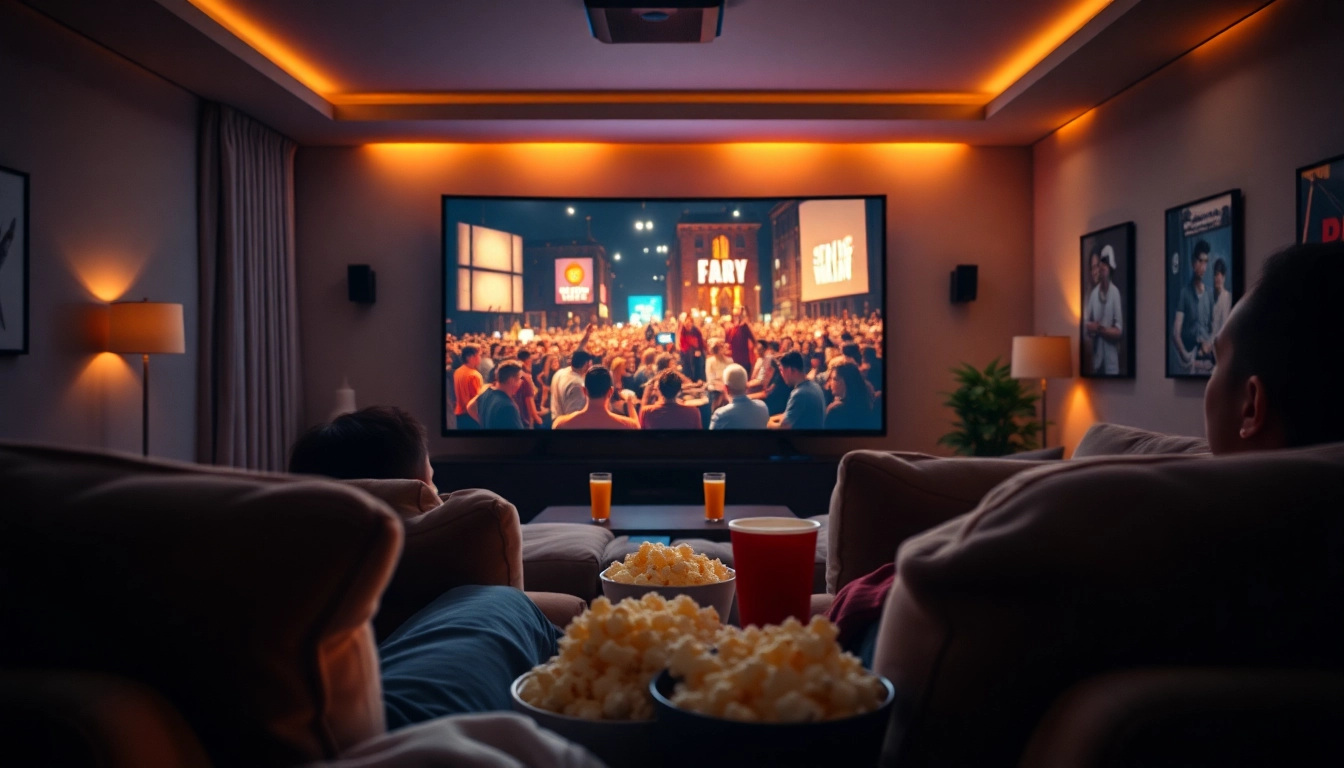
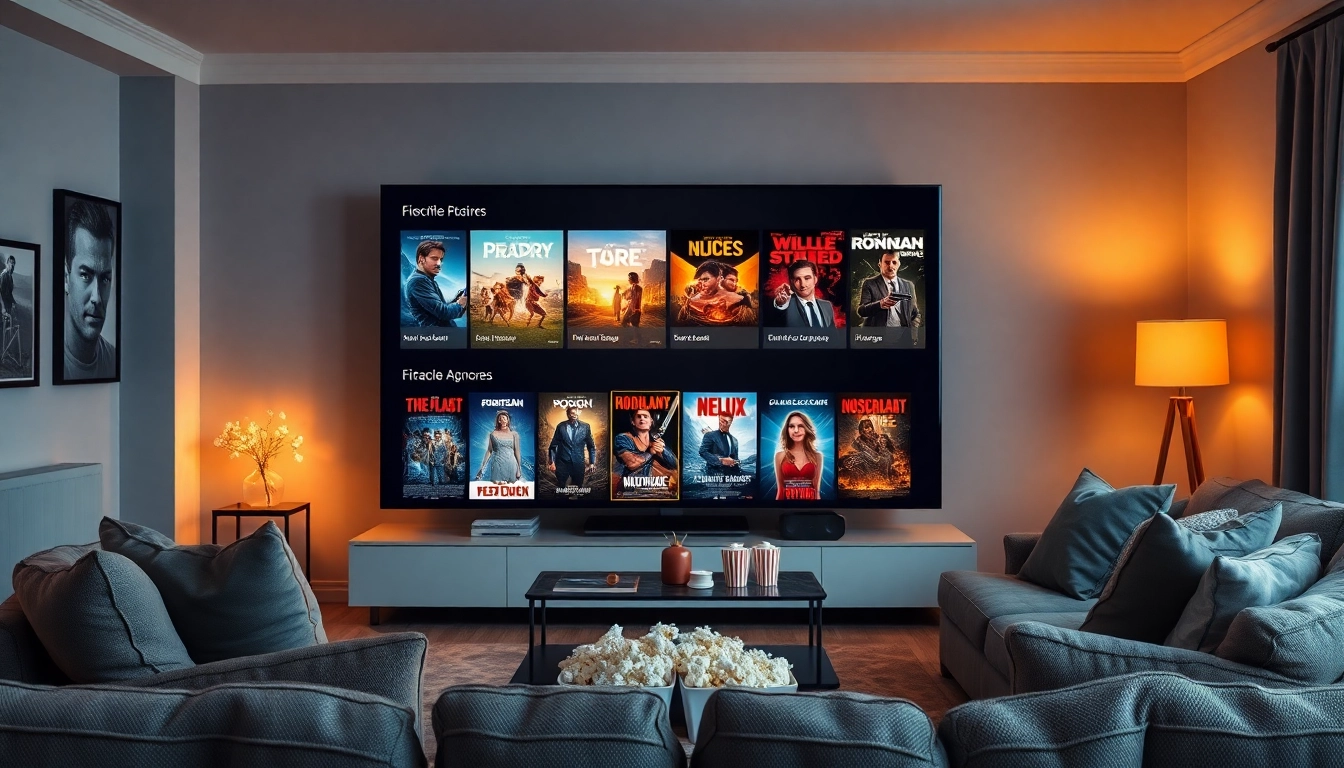

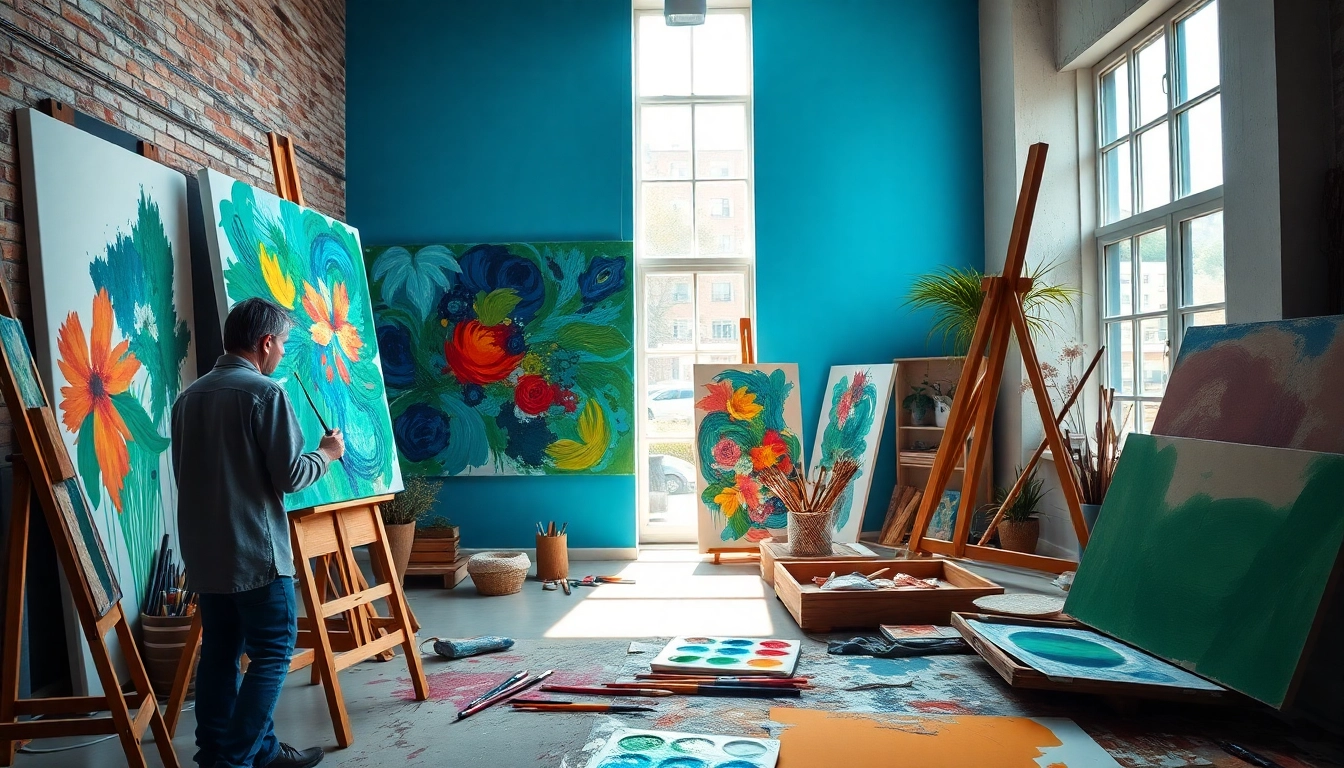
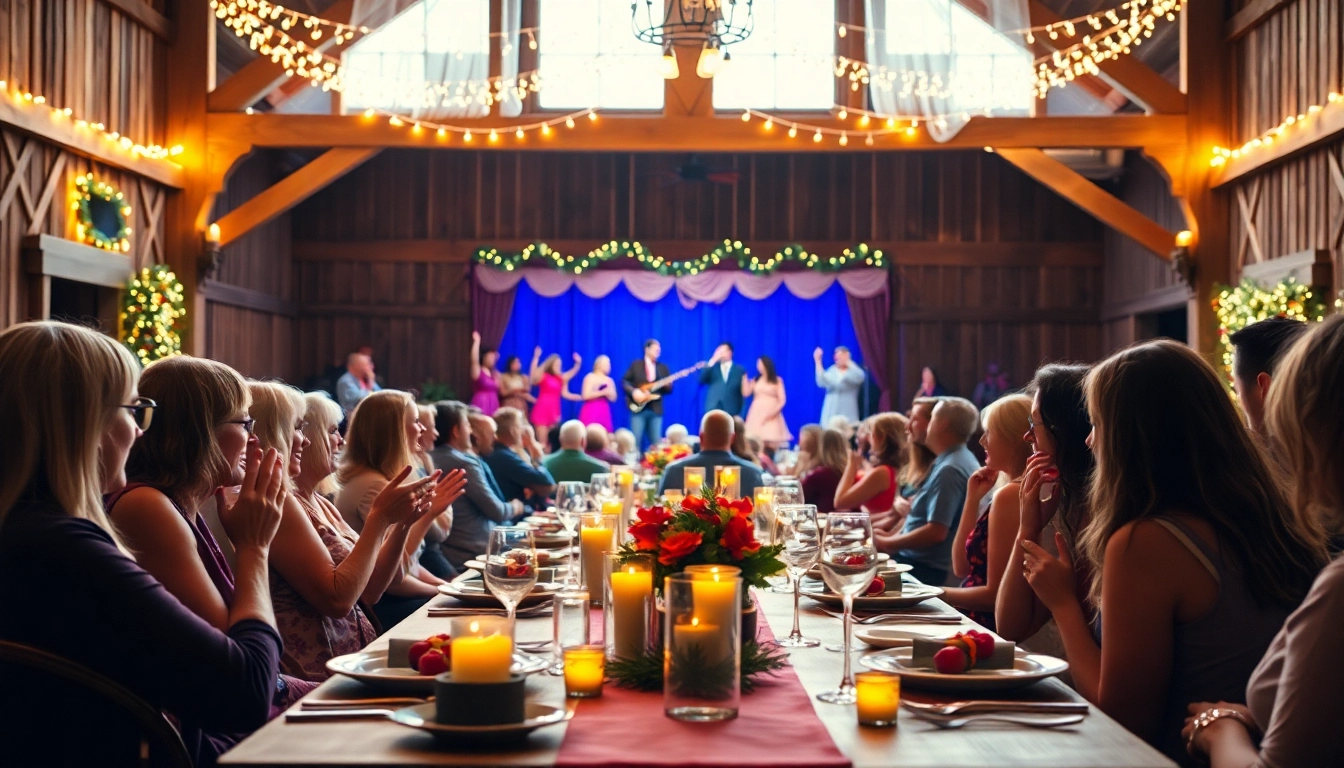


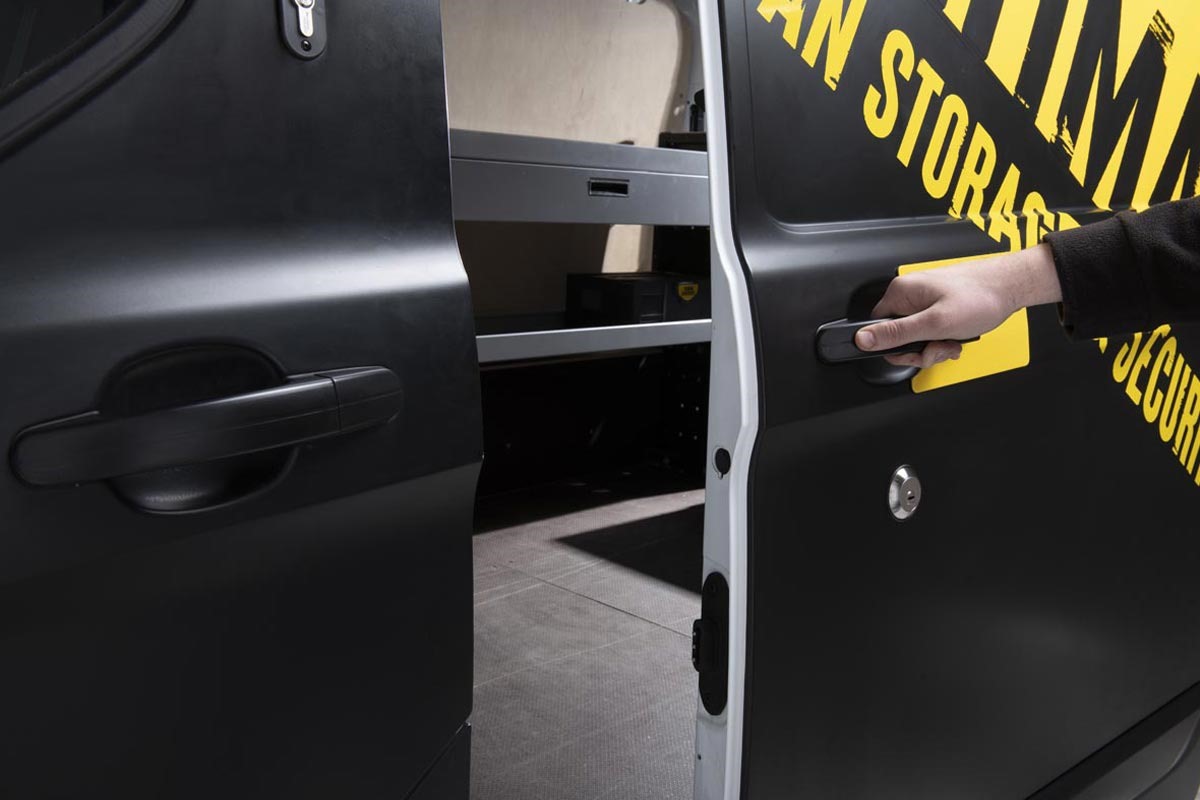


Leave a Reply